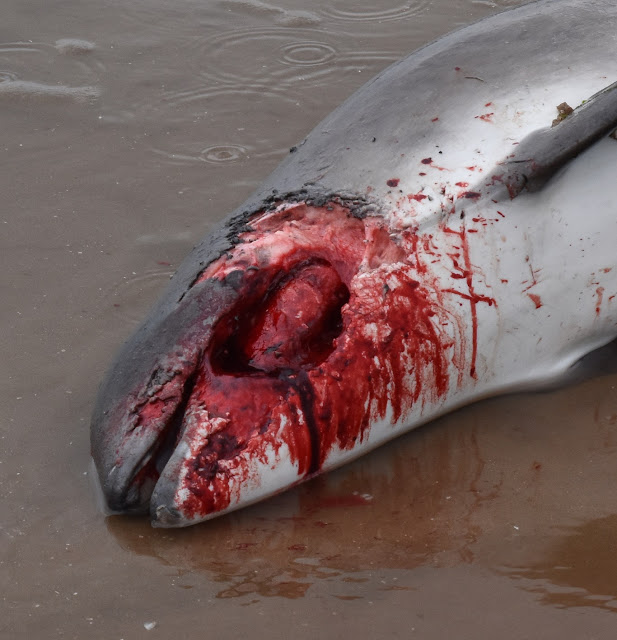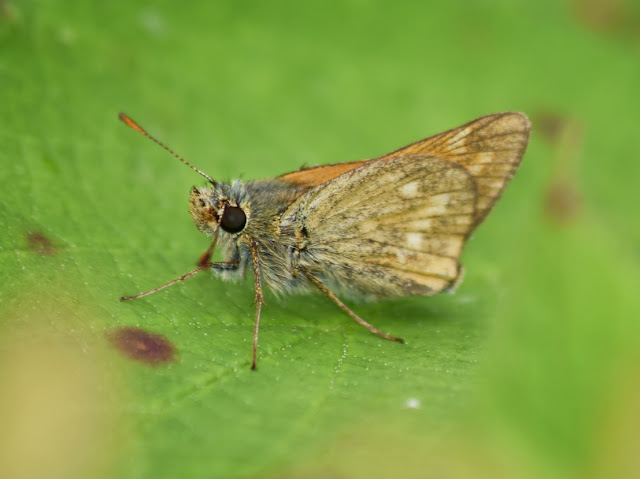The Safari is concerned about the future of our environment particularly with regard to what might happen post Brexit from the EU, that dreadful organsation that gave us some the best wildlife and habitiat protecting directives in the world. OK so some member states flaunted the law, looking at you Malta and closer to home, looking at you England with regard to Hen Harrier (and other raptors) persecution and protected upland habitat destruction. But the law is the law and it is up to the member governments to implement and uphold it and bring criminals who defy it to justice. (Please sign this petition)
Also looming on the horizon are new trade deals, the most scary of which for the environment is the TTIP which brings American corporate profit-making at all costs to our shores at the expense of everyone and everything else. They don't seem to realise that we need to put the ecology before the economy - you can't have an economy without ecology, there's no money to be made on a dying planet!
With that in mind there was a snippet from the Woodland Trust the other day suggesting almost half of the population couldn't identify something as commonplace as Oak leaves.
We sometimes do a quiz for groups based on common birds (and trees if the group is up for it) and the results can be a bit frightening. If we are to have any chance of protecting the environment for our sake and its own intrinsic sake people need to be aware of what other species they share their space with. Here's a few and if you don't know what they are try to find out and leave your answers in the comments section. They're all common British species photographed in the garden at Base Camp.
 |
| No 1 |
 |
| No 2 - being a messy eater |
 |
| No 2 again |
 |
| No 3 |
 |
| No 4 - a youngster |
 |
| No 4 - an adult |
 |
| No 5 |
So have a go and let us know. Then try learning another five species in your area to make 10, then another 10 to make 20 you know well. After that you'll be well on your way to understanding a little bit more about how they fit into the web of life in the environment around you.
But never get complacent about the common and commonplace. House Sparrows were once far more common and widespread than they are now just a few years ago, their early declines went almost unnoticed until the declines were severe.
And don't fall into the trap of thinking that the common and widespread are boring and uninteresting - they aren't and there's always the chance of learning something new about them. Take for instance the very common and widespread Woodpigeon we saw with a couple of Feral Pigeons poking about on the lawn at work yesterday morning. nothing unusual about that you might think, but no that was the first Woodpigeon we've seen on Patch 2 (P2 #63) since 2013 and only seen one other, in 2012...so not so common and widespread as you thought!
This morning we had an early look at a cool, dull and dreary Patch 2. There wasn't a lot going on, nothing out at sea and just a few gulls on the beach with four Oystercatchers. We were about to give it up as a bad job when we had another 'last scan'. Good job we did there was a Little Egret (P2 #64) feeding very close to the wall down at the southern end of the patch. The only other one we've seen here was a fly-past quite a way out to sea last year so it was good to see one close in and grounded.
We didn't have the camera with us so had to run back to the office for it and then walk quickly down to the end of the Prom. When we got there we sneakily peeked our head over the wall to discover it wasn't there. Where had it gone? Carefully we went down the steps for a better view along the beach. There it was right down under our normal watching point...doh! Back we went but as soon as we got near we saw it fly and it didn't give us much of a chance to get any shots off as it went round the corner.
We caught up with it a few hundred yards further north feeding again in the pool at the bottom of the wall.
Minutes later it flew further on again and we had to leave it be and get back to work.
At lunch time we were out again as the rain started to fall. Again there wasn't much out there and again we had one last look this time seeing a dolphin washed up on the beach a long way to the south and down by the low water mark. At first we thought it was a Bottlenose Dolphin, it looked big through the scope. But looks can be deceiving; we drove down to the bottom of the Prom and walked out across the beach to discover it was a five foot long (1.5m) Harbour Porpoise.
Some of the following pics aren't too pleasant so if you're squeamish be prepared for a bit of blood.
 |
| An unusual wound but made how and by what |
 |
| We think these are just peck marks from the local gulls |
 |
| The other side was unharmed |
 |
| There are some possible rake makes - again from what? |
Sad to see a beautiful animal in a state like this and this wasn't the only one recently. A few nights ago police officers helped rescue a young calf back into the water but unfortunately it washed up dead later that night. Prior to that another dead juvenile had washed up earlier in the day. What's going on? No fish? There's certainly very few Gannets or terns out to sea this week, or could it be that pod of Bottlenose Dolphins that's about from time to time being brutally aggressive.
Hope there's no more dead on the beach tomorrow.
Where to next? We'll be back on Patch 2 in the rain no doubt.In the meantime let us know who's got the most colourful socks in your outback.










































